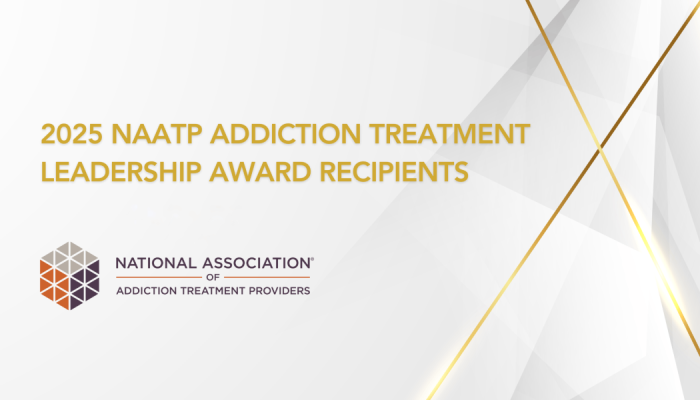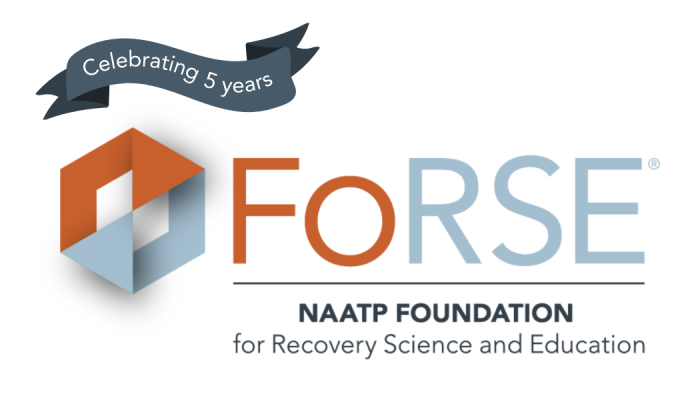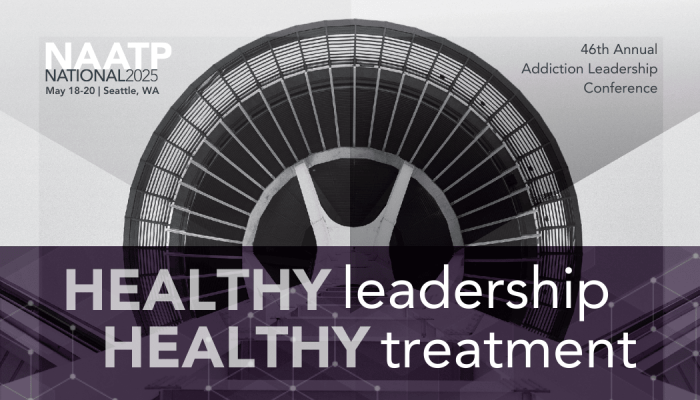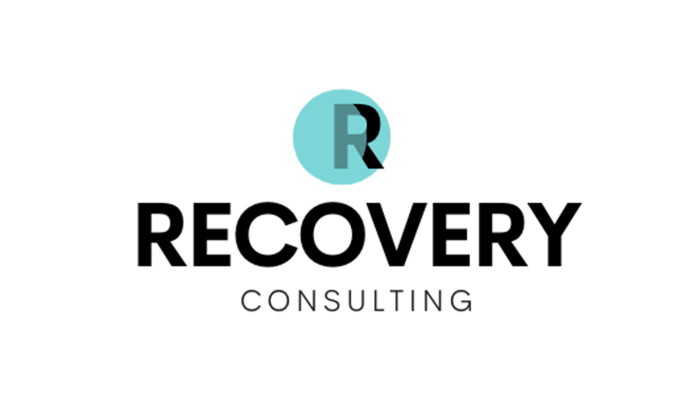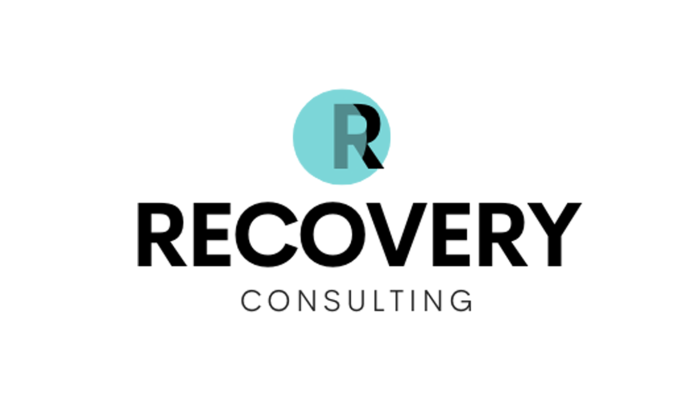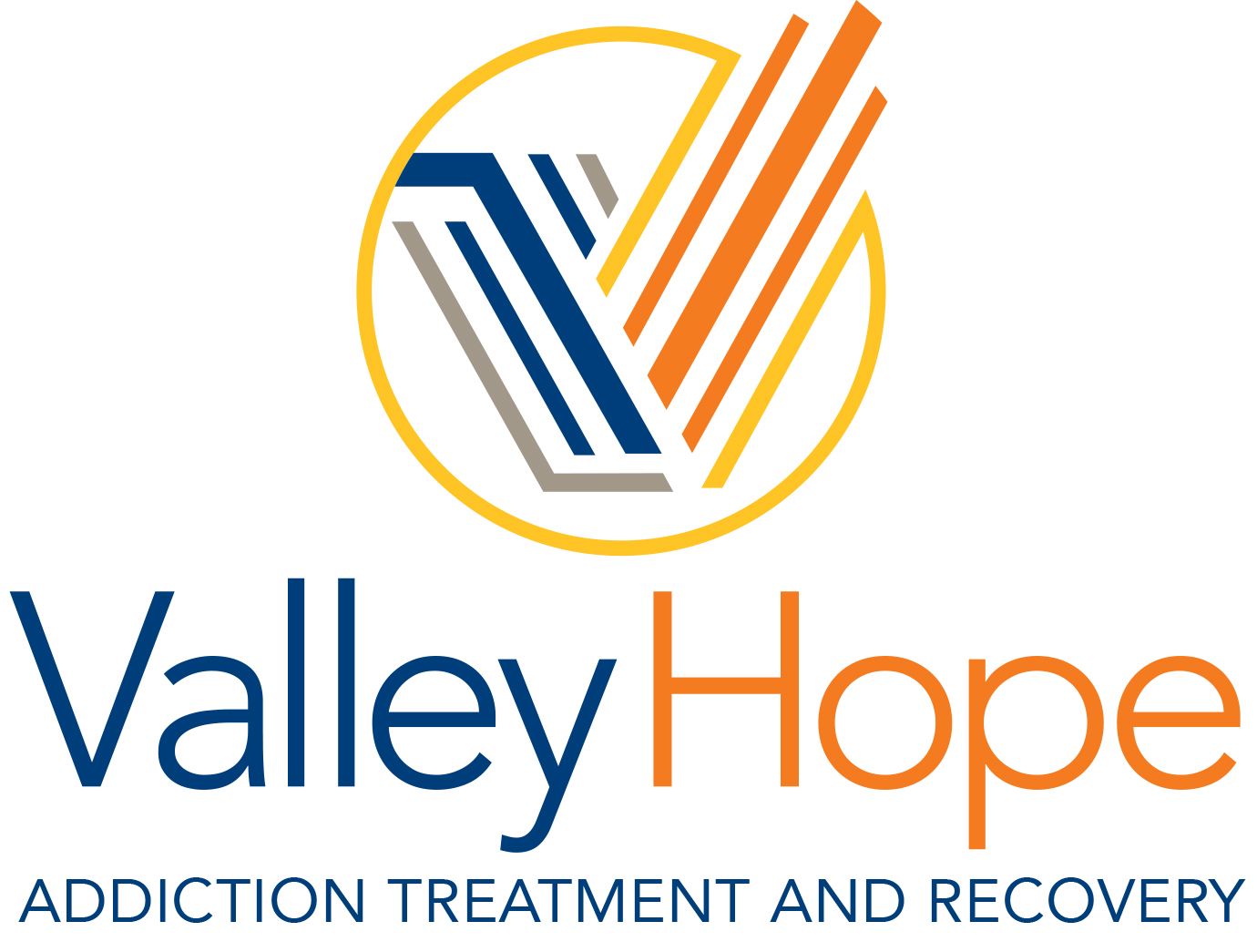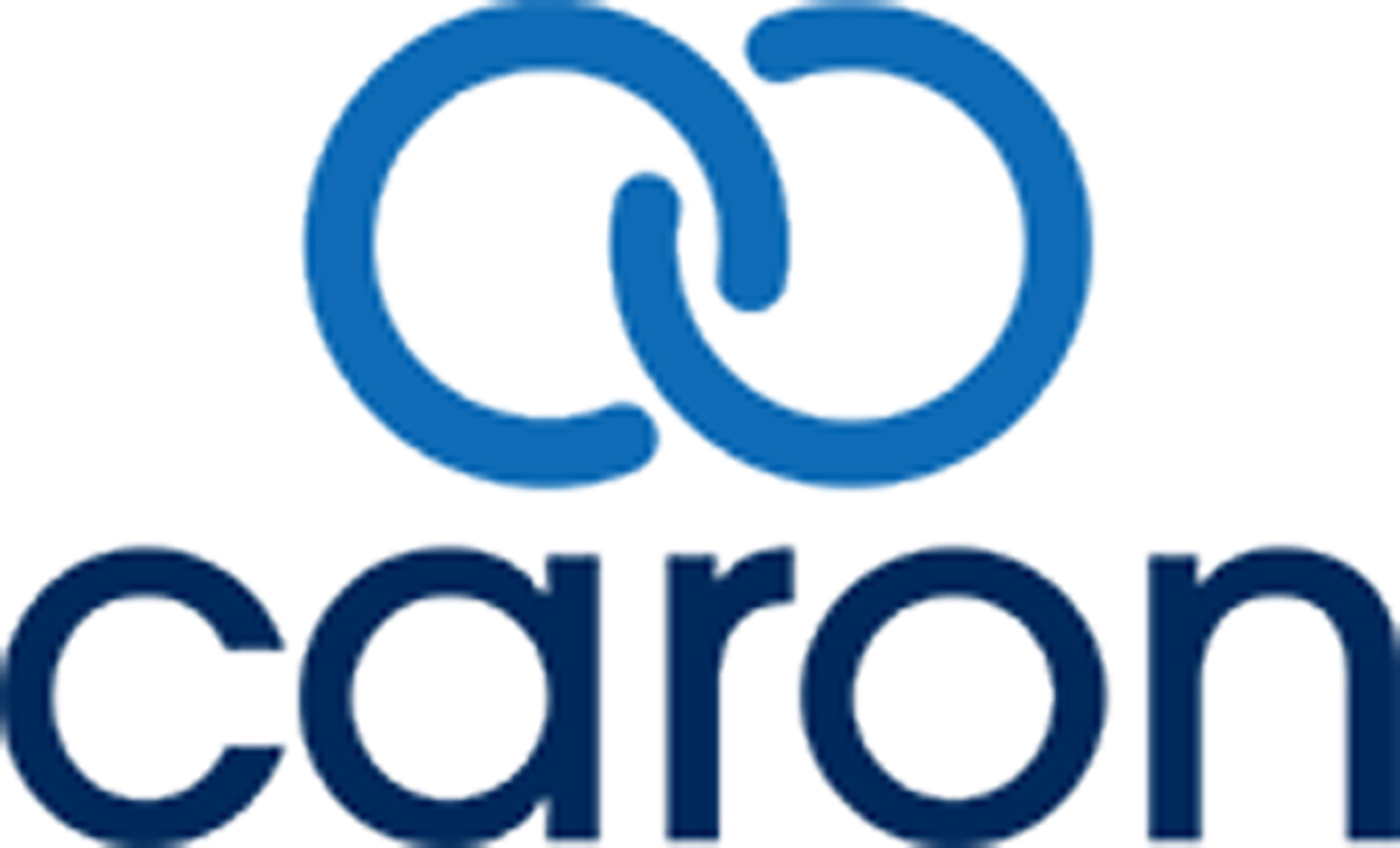Jan 20, 2020
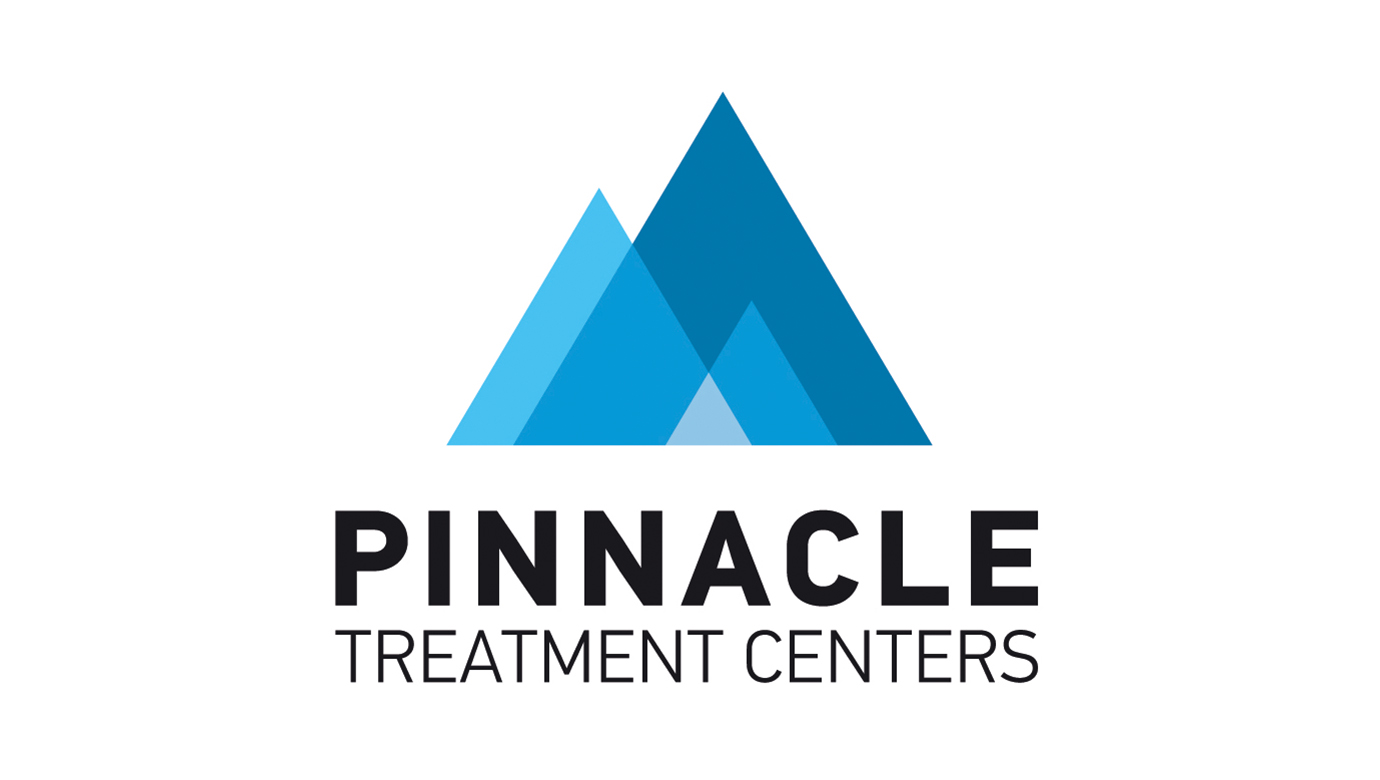
Georgetown, OH – Pinnacle Treatment Centers, a leader in providing accessible treatment for adult men and women struggling with substance use disorder, opened Georgetown Treatment Services, Ohio’s first medication unit, today. The facility is located at 303 E. Cherry Street in Georgetown, Ohio, approximately 35 miles southeast of Cincinnati.
Intended for rural counties and to provide ease of access, medication units are treatment facilities which administer medicine such as methadone and buprenorphine in an effort to curb withdrawal symptoms from heroin and opioid addiction; prevent relapse; and quell the physical discomfort that frequently accompanies recovery from opioid use disorder. Med units also collect urine samples and conduct drug testing and analysis.
Geographically separated from its “home” opioid treatment program (OTP), a medication unit must be located within 45-90 miles of its main clinic, which provides the full range of medication-assisted treatment (MAT) services including individual and group counseling. Pinnacle’s home OTP for Georgetown Treatment Services is Chillicothe Treatment Services.
As the opioid crisis has spread, it has affected both urban and rural communities. According to the Ohio Department of Health, in 2015, only one of the top 10 counties with the highest overdose rates encompassed a large urban core (Montgomery County - Dayton), four of the top 10 were rural, including Brown County, while the remaining were either suburban areas or small cities.
“We want our patients to be able to find and hold jobs, re-enter society, care for their families and become financially stable members of their communities,” added Holly Broce, MHA, LCADC, vice president of Pinnacle’s Opioid Treatment Program Division. “Driving two to four hours per day to the closest clinic to obtain life-saving treatment would interrupt someone’s ability to maintain a normal life, and does the opposite of what we want MAT to do. That’s why med units like this are so important. They provide a bridge to services and new hope to those struggling.”
In Ohio, Pinnacle operates a detox and residential center in Columbus; intensive outpatient, partial hospitalization programming and sober housing also in Columbus; nine outpatient OTPs, and four outpatient office-based opioid treatment programs (OBOTs). Known for providing a full continuum of care to meet patients wherever they’re at in their recovery journey, Pinnacle also has started construction on a sub-acute detox wing at University Hospitals Portage Medical Center in Ravenna, to be completed this year.
One of the fastest growing healthcare companies in the addiction treatment space, Pinnacle currently operates four other medication units in Kentucky in addition to other centers. Pinnacle plans to open additional medication units in the state of Ohio, likely in 2021.
Georgetown Treatment Services accepts Medicaid, Medicare and offers reasonable self-pay rates. The unit is open Mondays through Fridays, 6- 9:30 a.m., and on Saturdays 6- 9 a.m. Anyone needing a free confidential assessment can call 937-483-4181.
About Pinnacle Treatment Centers
Pinnacle Treatment Centers is a recognized leader in comprehensive substance use treatment services. Locations include 75 community-based centers in Ohio, Indiana, Kentucky, New Jersey, Pennsylvania, and Virginia. A full continuum of quality care includes detoxification, residential and outpatient care, medication-assisted treatment services and sober living programs. Pinnacle treats the individual’s physical, emotional, spiritual, and psychological well-being. Each center focuses on patient-centered care and an individualized approach, upholding a high standard of medically assisted treatment and compassionate attention to each patient’s needs. For more information, visit www.pinnacletreatment.com.
Joe Pritchard, CEO of Pinnacle Treatment Centers headquartered in New Jersey, stated, “Ohio’s need for a broader range of opioid treatment is clear, particularly in rural counties like Brown. Our goal is to continue to serve communities that have the greatest need and make it as easy as possible for them to access treatment.”




